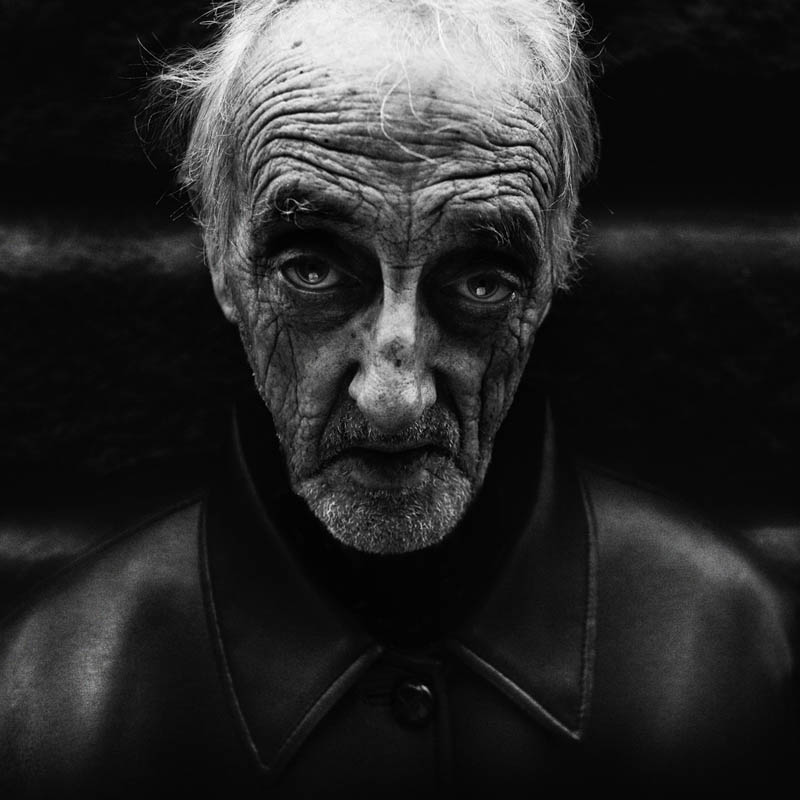
Black and white photos tend to evoke more dreary, stoic, somber or other negatively associated moods, while color photos lend opportunity for cheery, brighter moods.

“Color is very much about atmosphere and emotion and the feel of a place.” – Alex Webb Photographer Haley Pope Uncovers the Perfect Angle – Color Their photos are not mere “eye candy”, with color being primary attraction, but rather stand on their own merit compositionally first and please the viewer with vibrant colors secondly. Some photographers prefer to train and hone their skills in black and white, then shoot professionally in color because they know those techniques translate easily. You may even find that your color images turn out even better after shooting in black and white for a while. By regularly shooting with an absence of color, you train your eye to become accustomed to universal photography elements that benefit all images - even those in color. As stated above, black and white photography depends more heavily on fundamental composition, contrast, and proper exposure settings to create something meaningful and compelling. Train Your Abilities With Black & White PhotographyĮven if your intent is to shoot color photographs exclusively for your work, it is still a good idea to become accustomed to shooting in black and white. in a way that color photography simply doesn’t.
#Black and white portraits professional
How Professional Photographer Kevin Kaminski Captured this Shot – Black & Whiteįor years in the early days of photography as an art form, the only real option was to have black and white. “I can get a far greater sense of ‘color’ through a well-planned and executed black and white image than I have ever achieved with color photography.” – Ansel Adams The Advantages of Black & White Photography But how do you know when to use each method? Here we’ll give you a few guidelines on the advantages, disadvantages and best practices for each. Some photos might seem lackluster in color, but become powerful in black and white and vice versa. But the fact of the matter is, each technique provides unique opportunities for artists to evoke different emotions from the viewer. To this day, many photographers choose to work exclusively in black and white, or color and shun the other.

But as technology advanced and color photography became easily accessible, it inadvertently caused some division in the artistic community. Over time, photography became a respected art form, and people became accustomed to black and white photography, developing and mastering the techniques that we now deem elementary. Even since before the advent of modern photographic film in the 1880s, people were experimenting with adding color to photographs.


 0 kommentar(er)
0 kommentar(er)
